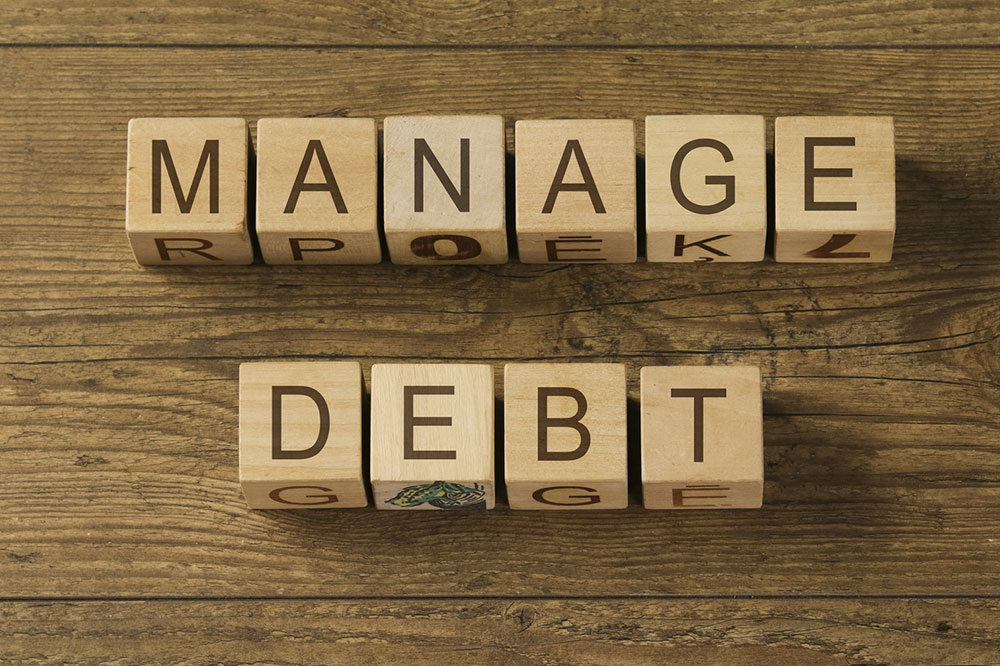
Practical and doable steps to manage your debt
Living within one’s means has become an utopian concept today. It was not too long ago where personal debt and loans were considered evils. With changing times and needs, debt is an essential tool for individuals and families to realize their dreams and goals. That said, it is so only if you manage your debt well. If your debts, incomes, repayments, and spending limits are not in sync, you can get into a lot of financial trouble.
Importance of managing your debt
A recent survey says most Americans have no clue about how debts, repayments, and interest rates work. Poor debt management or too many unpaid debts leads to multiple unfavorable financial consequences. The most important of those with short-term and long-term implications are as follows:
- Poor credit score
- Avoidable additional costs, including penalties and increased interest rates.
- Risk of bankruptcy
- Unfavorable lawsuits with risk of losing paycheck or assets
- Lesser options for further loans or borrowings
- Years of a financial burden to pay off accumulated debt
- Lack of credibility causing stress on relationships within family and friends.
Here are some simple and solid steps that can help you come up with a plan to manage your current or upcoming borrowings. Commit yourself to be disciplined about this – and within a few months, you can turn around your debt from being a nightmare into a manageable situation.
Bring every penny involved into paper
Budgeting is half the work done to manage your debt. Do not make mental calculations. Take a paper, pen, and a calculator, use a spreadsheet, software, or apps to list all debts and your income. This helps you understand your Debt to Income Ratio (DTI) – the percentage of your income that goes towards settling debt. Set some funds for expenses and emergencies and work out a repayment strategy based on what the figures tell you.
Make all payments on time
Use a calendar, a digital wallet, and auto-debits to ensure that you get reminders for every small payment you need to make. Default in two consequent debt payments steeply increases the interest rates.
Pay the minimum amount without fail
Most debts require a regular minimum payment. If you have the required cash, you should pay the most significant chunk of the debt first.
Go digital
Linking your pay date and debt repayment dates to a calendar is crucial. Set up auto-debits for monthly installment repayments so that you don’t miss out on any payment. Set up reminders at least 3 or 4 days before the due date to plan and ensure enough money is in your account for the repayment to be processed smoothly.
Prioritize
The general advice is to pay the largest debt first. However, if you have a lender with whom you can negotiate for additional time or lesser penalties, you can settle smaller loans so that some of the burden is completely removed, and only a few larger loans remain. Budgeting will help you prioritize so that penalties and interest is kept as low as possible.
Keep some accounts in green
If you have multiple accounts, do not link all of them to pay or manage your debt. A couple of accounts in the green will help you build a credit score and financial credibility as you keep settling your debts one by one. Do not spend all your cash settling debt so that you are left with nothing to spare in case of an emergency. If you cannot settle debts immediately, look at options like debt consolidation or debt refinancing.
If you find it overwhelming, it is better to take the help of a credit counselor who can help you streamline your strategy for debt management until you can handle it independently.




